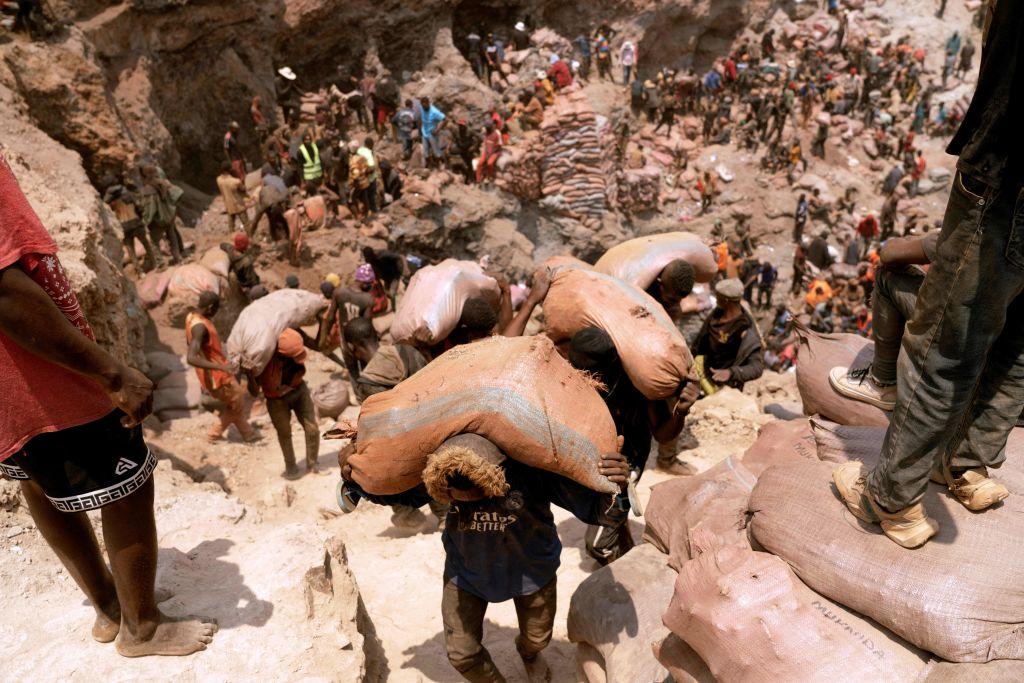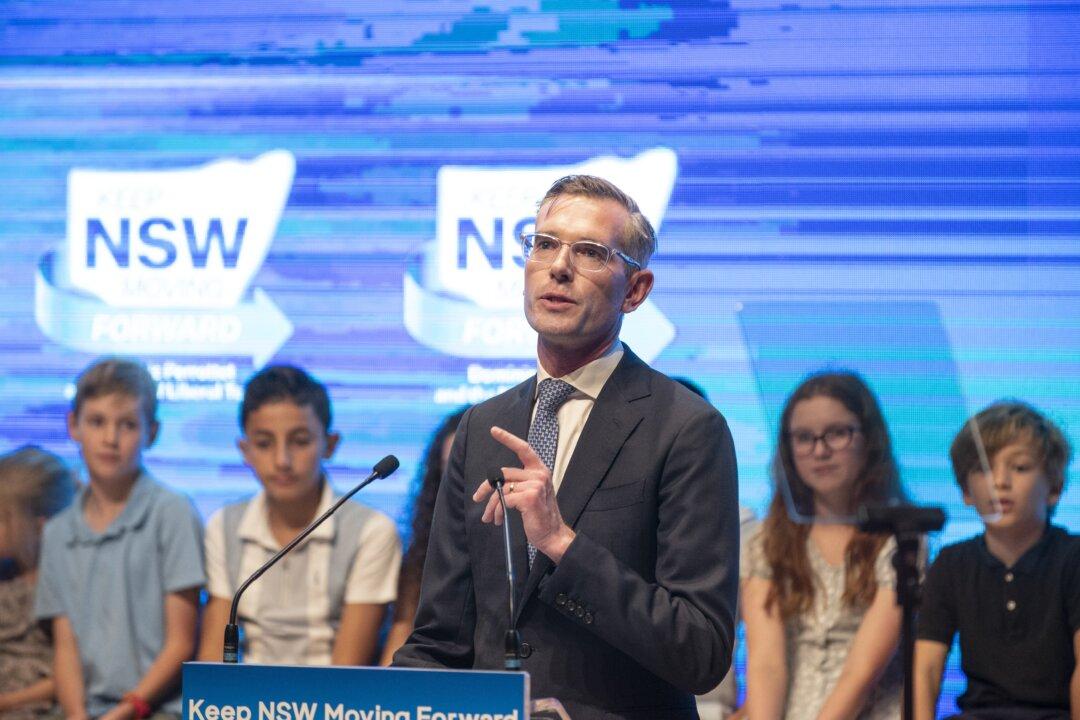While renewables are often hailed as a clean source of energy, they have bleak social and environmental costs compared to nuclear and natural gas, says a former NASA engineer.
Paul Vallejo, who worked as an aerospace engineer at NASA for eight years, said, “even wind and solar aren’t really renewable because you’re taking silica sand out of the ground” to construct solar panels and mining “rare earth” minerals for the magnets for wind turbines, which are not truly renewable.




